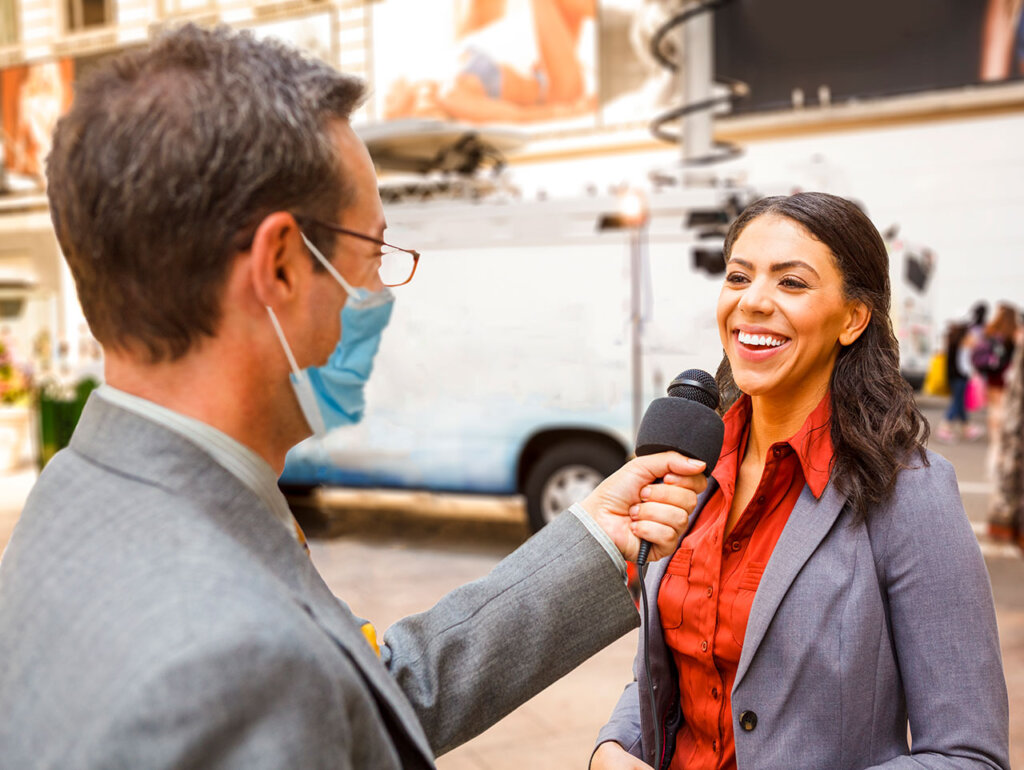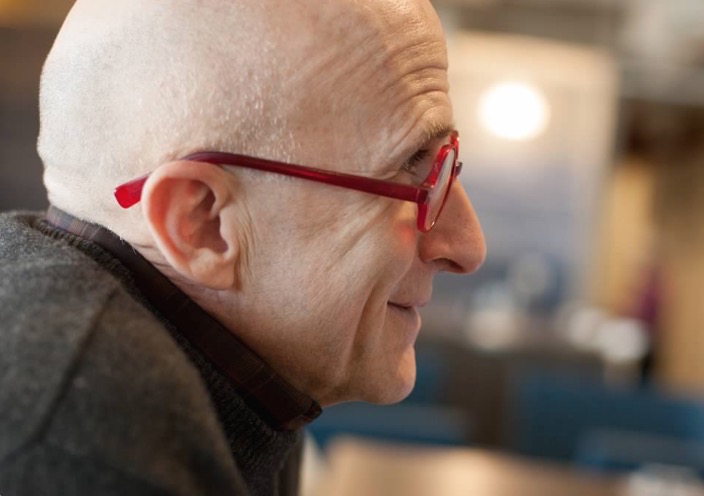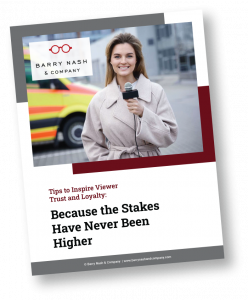A study featured in the Harvard Business Review underscores how important gesture is to gaining support from business investors. Can it be just as important for inspiring interest in the stories you’re telling on your newscast?

Consider these findings from other notable studies and researchers:
- Researchers at MIT found that “high activity” in the body is part of the way we recognize leaders and experts. In other words, when you move people are more likely to believe you know what you are talking about.
- Summarizing research related to nonverbal behavior and self-presentation, pshcyologist and social scientist, Bella DePaulo, has noted that, “In study after study, people say that they like expressive children and adults more than they like their more subdued counterparts.” She notes that research has also shown that, “in group situations, expressive people influence other people’s moods more than unexpressive do.”
- Writing about the relationship between gesture and speech, researchers Bernard Rime and Loris Schiaratura point out that restricting the ability to move actually impairs our ability to use language creatively. Essentially, the brain has a harder time creating language when movement is restricted.
- When you move, you’re more likely to speak conversationally. Writing about interpersonal coordination, researchers Frank Bernieri and Robert Rosenthal have noted that, “studies have shown that our body movements are, in fact, intimately linked to the rhythms of speech.”
Altogether, there seems little room to doubt that movement and gesture are important to the ways that both you and the stories you tell are received.

Can you do too much? Sure. But, as the researchers point out, when gesture is a problem it’s probably because it’s somehow not connected and organic to the story you are telling.
I’d add that, in my experience, most talent gesture less than they could or should — and certainly less than they do when they are expressing themselves in “real life” conversation. On television, this may have something to do with the fact that they are talking to a camera. Human communication evolved based on our ability to see and hear the person we are talking to. Take that away and the systems that would normally kick in reflexively fail to engage.
The problem is also almost certainly exacerbated by the fact that news talent — anchors especially — too often know little or nothing about what they are reading. We’re literally watching them read and figure it out as they go — trying to fake some kind of familiarity as a substitute for the real thing. And as MIT author and lead researcher Alex Pentland has pointed out, even with a basic understanding of the dynamics involved, research is suggesting that authenticity is nearly impossible to fake. If you really don’t know what you’re talking about, sooner or later we get it — no matter how you may have mastered smoothly and expressively going through the motions.
So, to get your doing right you have to get your thinking right. The research makes it clear that movement and gesture are critically linked to every aspect of delivery — how you sound, how you look and even how you think. To some extent, chances are when you’re talking you should be moving. But it’s all for naught if that doing isn’t grounded in the things you have to share.
Or, to borrow again from the guy whose writing was the inspiration for the title of this post, when it comes to movement the story’s the thing.










